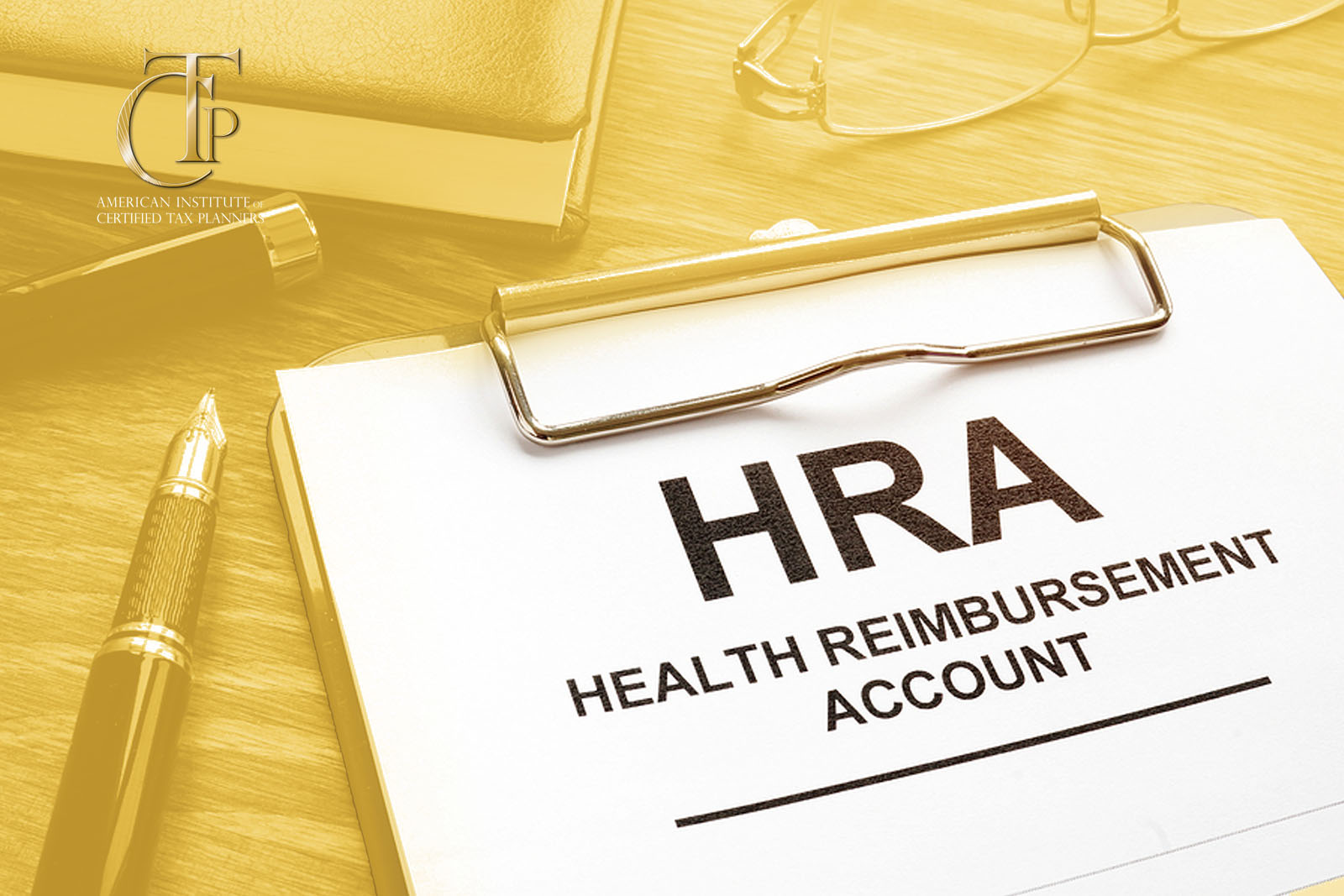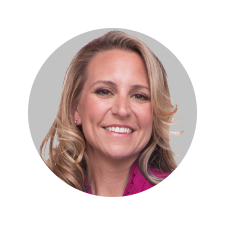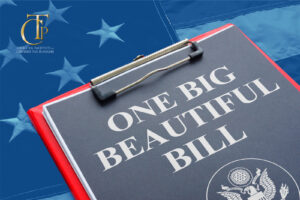Saving for retirement is one arena where tax planners can provide value to their clients. Even your financially savvy clients may not be aware of the strategies they can use to increase the amount of money available during retirement and decrease the amount lost to taxes. One underutilized strategy is to leverage health care savings tools. According to the Fidelity Retiree Health Care Cost Estimate, the average 65-year-old will need about $165,000 to cover health care expenses during retirement. By proactively setting aside funds for these expenses, your clients can cover their retirement needs while enjoying tax-free benefits.
The savings vessel you recommend will depend on each client’s unique needs, including whether they operate their own business or work for an employer who offers a health savings plan. Options include health savings accounts (HSAs), flexible spending accounts (FSAs), and health reimbursement arrangements (HRAs)—the plan type we’ll cover in today’s article.
When to recommend an HRA
Since HRAs must be funded through employer contributions, the taxpayer must either work for an employer that offers this benefit or they could be a business owner who is well-poised to implement an HRA plan. Fortunately for employers, HRA contributions are 100% tax-deductible as long as they adhere to IRS rules.
On the employee side, an HRA is a reimbursement plan, which means the account holder must pay the expense upfront and then request a reimbursement. However, when funds come through a HRA, they are tax-free for the employee—much better setup than paying through a regular savings account. Some plans come with a benefit card, which allows the account holder to pay for medical expenses right away and provide proof of the claim (like a receipt) afterward.
Reimbursements can be requested for any qualifying medical expenses, such as co-pays, deductibles, health insurance premiums, medical supplies, out-of-pocket maximum expenses, prescriptions, or expenses related to vision, dental, or chiropractor care. In 2021, the IRS expanded HRA benefits to include over-the-counter medicine and personal protective equipment (PPE). If your client uses a direct primary care health plan or HSM-type health plan, these also count as qualifying expenses under an HRA, even though they do not qualify for the standard health insurance deduction.
Whether you are working with business owners or employees interested in leveraging an HRA, you will want to be able to speak to the different types of HRAs available, namely the traditional HRA, defined contribution HRA, limited purpose HRA, QSEHRA, ICHRA, and Medicare HRA.
Traditional HRAs
Traditional HRAs have been around since 1954, and yet they remain a very underutilized tool. For a business to set up a traditional HRA, they must have at least one employee who is not a self-employed owner. Sole proprietorships are the most common business type to leverage the traditional HRA. Similarly, LLCs can be a good fit depending on how they are taxed. If the LLC is taxed as a sole proprietorship and is just doing a profit and loss statement, the business may need an employable spouse or relative to qualify them for an HRA.
Small and mid-size C corporations are another common entity type to opt for HRA. Partnerships could also make this work if they have at least one W-2 employee who is a non-owner. S corporations are less likely to use an HRA because shareholder rules limit the tax benefits available to FICA only.
Defined Contribution HRA
When it comes to the defined contribution plan, we are looking less at mom-and-pop shops and more at businesses with a handful of employees or more. This plan type can be a cost-effective way to offer health benefits but with a pre-set cap. While the traditional HRA might offer 100% premium reimbursement and $15,000 toward out-of-pocket expenses, the defined contribution plan might have much tighter limits, making it more affordable for businesses with more employees. For instance, the employer might set a $500 premium stipend, and the employee could use that toward their qualified medical expenses after providing proof of HRA coverage.
Like many HRAs, defined contribution HRAs can utilize an annual benefit card, so employees can pay for qualified expenses immediately as long as they fall under that set limit—whether that’s $1,000 or $2,000 or any other amount. This can be especially helpful since benefit cards can be used by anyone regardless of where they have health insurance. The same is true for out-of-pocket expense reimbursement. The one restriction with a defined contribution HRA is that only employees who pay for their own health insurance out-of-pocket are eligible for the premium stipend.
Limited Purpose HRA
A limited purpose HRA is most commonly paired with a health savings account. Funding an HSA automatically causes the account holder’s HRA (or FSA) to become limited purpose, so the funds can only be used toward premiums, vision, and dental. If your clients have both an HRA and an HSA, they are not allowed to fund the HSA, leave those funds there unused, and reimburse all their medical expenses through the HRA. This is considered double dipping. The only way to use both types of accounts is if your HRA claims stay limited to vision, dental, and premiums only. However, if the taxpayer does not make any contributions to the HSA in a plan year, then the HRA funds can be used toward any qualifying medical expenses.
QSEHRA
Another potential option for employers with 50 or fewer employees is to establish a Qualified Small Employer Health Reimbursement Arrangement (QSEHRA). The QSEHRA is similar to the defined contribution HRA except that the limits are set by the IRS, not the employer. For 2025, the maximum reimbursements available are $6,350 for self-only coverage and $12,800 for family coverage.
Employees also face some restrictions when it comes to using a QSEHRA. First, the taxpayer must have minimal essential health coverage. For any month that the taxpayer fails to maintain coverage, the QSEHRA benefit becomes taxable. The QSEHRA also has reporting requirements, so this can impact eligibility for subsidies or advanced premium tax credits when it comes to marketplace health insurance.
ICHRA
An increasingly common option is the individual coverage health reimbursement arrangement (ICHRA), which is the only HRA that allows for employee contributions. However, the ICHRA does come with a significant restriction—account holders are not eligible to apply for marketplace coverage. From the employer’s standpoint, the benefit of the ICHRA is it allows for classing rules. This means employers can set different limits for different employee types, such as salaried versus hourly or management versus other staff. Businesses that have just a few highly-compensated employees are typically the best fit for an ICHRA, since marketplace insurance is not really an option, anyway.
Medicare HRA
Employers of all sizes can offer the Medicare HRA. If a business has employees who have become Medicare-eligible, this can provide an easy way to allow those employees to opt out of the company’s group health insurance and save money on premiums. The company can set up an HRA to reimburse these employees for their individual Medicare coverage instead.
Summary
If your clients are eligible to utilize a health reimbursement arrangement, either as an employer or employee, this can be a highly beneficial way to save on taxes. Employers can benefit from the tax deductions, and employees can enjoy tax-free reimbursements while also planning for future medical expenses. Small businesses with at least one non-owner employee can be a great fit for an HRA, and the range of HRA types allow businesses to customize their plan to their specific needs.
To learn more about tax-advantaged benefits and become your clients’ to-go resource for these strategies, sign up to become a Certified Tax Planner today.





